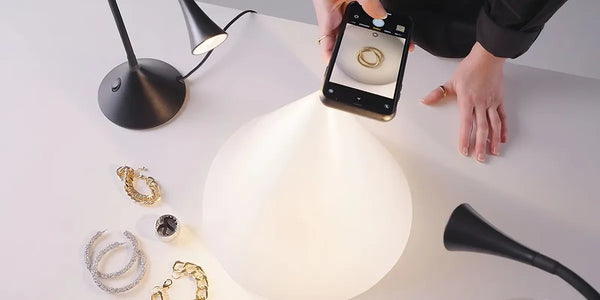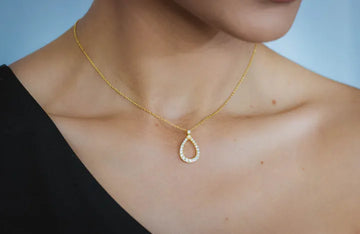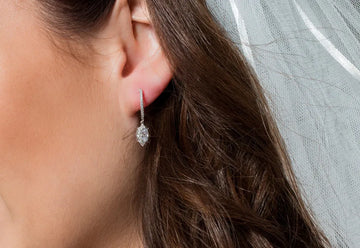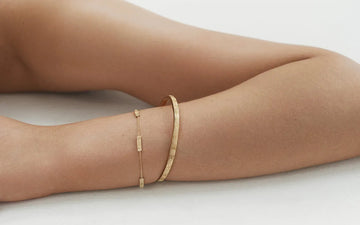Product Photography

Jewellery Photography Tips to Capture Dazzling Product Images
When it comes to buying stuff online, images play a key role. Sharp and eye-catching photos can help sell more products.
This holds true for people selling jewellery. Before deciding to purchase, shoppers need to examine every aspect of a necklace, pearl earrings, bracelet, or charms.
To improve product photography, here are some essential tips:
1. Use Proper Lighting
Proper Lighting Matters Good lighting brings out the best in jewellery. Sunlight does wonders, but you can't always count on it. Go for soft, spread-out light to steer clear of harsh shadows.
A lightbox can give you steady results every time. When it comes to shiny stuff like stud earrings or a gold bracelet, the right light cuts down on glare and shows off the fine points.
2. Pick the Best Background
A plain, neutral backdrop makes jewellery shine. White or light grey as backgrounds can be go-to choices. Stay away from busy patterns that take your eyes off the goods. For some pieces, like a charm or a locket, consider using a colour that makes it stand out.
3. Focus on Sharpness
Jewellery is tiny and detailed. Fuzzy photos won't do justice to the important bits. Set up a tripod to keep your camera still.
If you can, grab a macro lens to get up close with pearl earrings or stud earrings. Buyers want to see the texture, sparkle, and craftsmanship as clear as day.
4. Highlight Special Features
Each piece of jewellery has some unique parts. You have to ensure that your photos can highlight this. For a locket with an engraving, get a close-up image.
With a charm bracelet, put the focus on each charm. Showing small and every detail will help buyers see what makes your product different from others.
5. Try Different Angles
Don't produce just a one-sided view of a product. Instead, capture several shots of each item, including the front, back, and sides. For products like bracelets or stud earrings, add a picture of how they look when worn. This gives consumers a clearer vision and sense of size and fit.
6. Control Reflections
Reflection of light can create complications in jewellery photography. Some effective tools, like a light-tent or softbox, can be used to minimise reflections.
And after using these tools, you need to be sure that any kind of reflection from the photographer or even the camera part doesn't appear in the jewellery.
7. Use Props Wisely
Appropriate props can add better context to your photos. For example, a simple jewellery stand or mannequin can better portray how a necklace or bracelet looks.
But one thing must be maintained: props should not overshadow the jewellery. Just keep it simple and elegant.

Edit Jewelry Photos to Make them Shine
8. Edit with Precision
Editing can always enhance your photos and convert a normal image into a stunning one. However, there is a chance of overdoing editing, which can also spoil the total image.
So, choosing appropriate brightness, contrast, and sharpness is essential for editing a photo, ensuring colours remain true to life. It’s also important that consumers receive products that match what they see online.
9. Be Consistent
Consistency can produce trust. Using the same background, lighting, and style for similar products in product photography can create consistency. Bringing consistency will create a cohesive look for your website and make browsing easier for customers.
10. Showcase Variety
Provide various photos for each product. For example, when taking photographs of a locket, then choose photos where the locket is closed, then open, and then being worn. Variety helps customers visualise the product better.
Great product photography can give you an extra edge as a brand in the competitive market. By following these tips, you can make your jewellery - whether it’s a locket, pearl earrings, bracelet, or stud earrings - look irresistible.
And always remember: flawless and attractive photos are an investment in your business for greater success.







